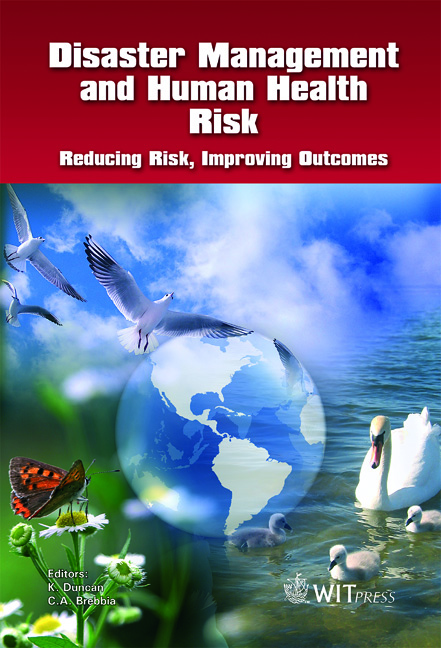Historical View Of The Damage Caused By The 1693 Catania Earthquake And The Reconstruction Activities
Price
Free (open access)
Transaction
Volume
110
Pages
9
Published
2009
Size
357 kb
Paper DOI
10.2495/DMAN090281
Copyright
WIT Press
Author(s)
D. Ligresti & S. Grasso
Abstract
Eastern Sicily (Italy) is one of the areas at highest seismic risk in Europe, and its long history (2700 years from the Greek settlements to the present) enables scientists to access a vast amount of data related to geophysical and geotechnical characteristics, both complex and diverse relationships that are established over time between the disaster and the human communities that will suffer. The recognition of change, or the lack of change, that repeated catastrophic events in an area makes to the culture (science, technical, religious, administrative) and the attitudes of groups of people who remain, are the basic elements for building a complex model to understand the catastrophic phenomenon, which combine different disciplines and specializations, in order to compare experiences in different areas and at different times. The methodological problem, of which scientists who collaborate on the study of disasters have long been aware, is to connect the earthquake with the historical and anthropological understanding of the earthquake, to develop a \“culture of earthquakes” that operates in the direction of the scientific organization of cities and housing in seismic features. The aim of this paper is to highlight some of these \“elements” through the observation of historical earthquakes in south-eastern Sicily, and particularly in Catania during the catastrophic events of 9 and 11 January 1693, with the goal of providing a key to the cultural and social situations that are also present. Keywords: historical view, 1693 Catania earthquake, Val di Noto, reconstruction activities.
Keywords
historical view, 1693 Catania earthquake, Val di Noto, reconstruction activities




